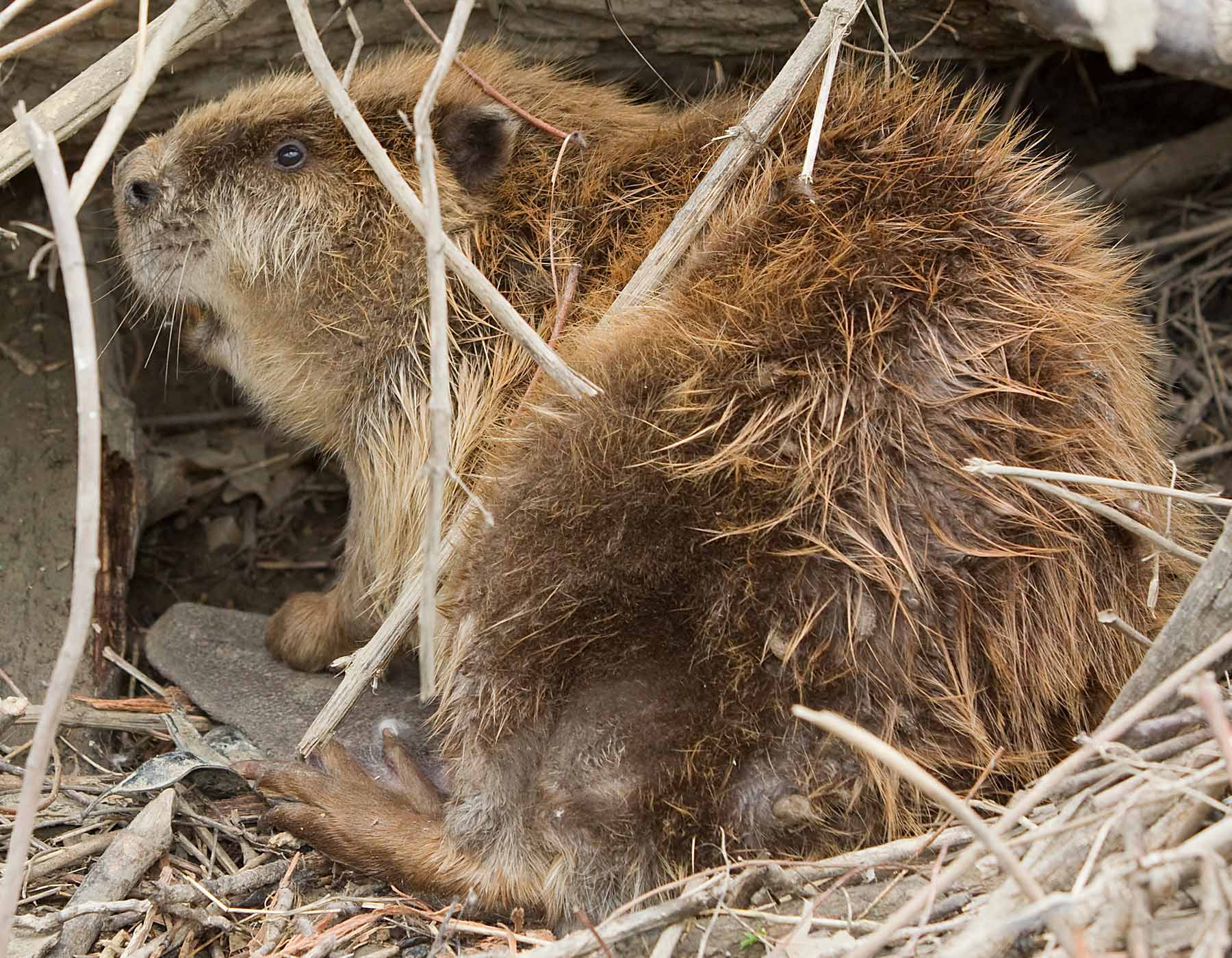Nearly 70 species of wild mammals live in Missouri, and in numbers of species, mammals (in the phylum Chordata) are the second smallest group of vertebrate animals in our state. One mammal, however, takes up more space in Missouri than any other: humans.
Most of us recognize mammals easily. They have fur, are warm-blooded, nurse their young, and breathe air. Armadillos and opossums, bears and skunks, bats, rats, deer, and cats are all mammals.
Many of mammals' characteristics help to maintain a fairly constant body temperature. Mammals eat heavily and fatten up to survive winter’s cold. Fat and fur provide insulation, and shivering fluffs the fur, which creates air pockets between the hairs, holding heat against the body. Some mammals hibernate. Many build burrows or special nests to avoid temperature extremes.
Missouri has only one mammal in the marsupial group — the opossum. It gives birth to tiny young that seem premature compared to other mammals. Newborn opossums complete their development as they nurse inside their mother’s pouch.

All the other mammals in Missouri are classified as placentals. The mothers develop a placenta to nourish their young while pregnant.
Missouri’s mammal orders are familiar to us as general groupings: rabbits, rodents, moles and shrews, bats, and carnivores. Carnivores include cats, dogs, weasels, badgers, bears, skunks, raccoons, and otters. Two more mammal orders in our state are ungulates (mammals with hooves). These are even-toed ungulates (such as pigs, deer, sheep, and cattle) and odd-toed ungulates (such as horses and donkeys).
- Mink, beaver, and many other furbearers are raised or trapped for coats and other fur products. The earliest white explorers of the American west were fur trappers and traders.
- Missouri deer hunting generates more than $1 billion.
- Bats catch innumerable flying insects as they hunt at night. Shrews, moles, and skunks devour insects in the soil.
- Carnivorous mammals are top predators in natural ecosystems, controlling the numbers of fast-breeding herbivores.





















